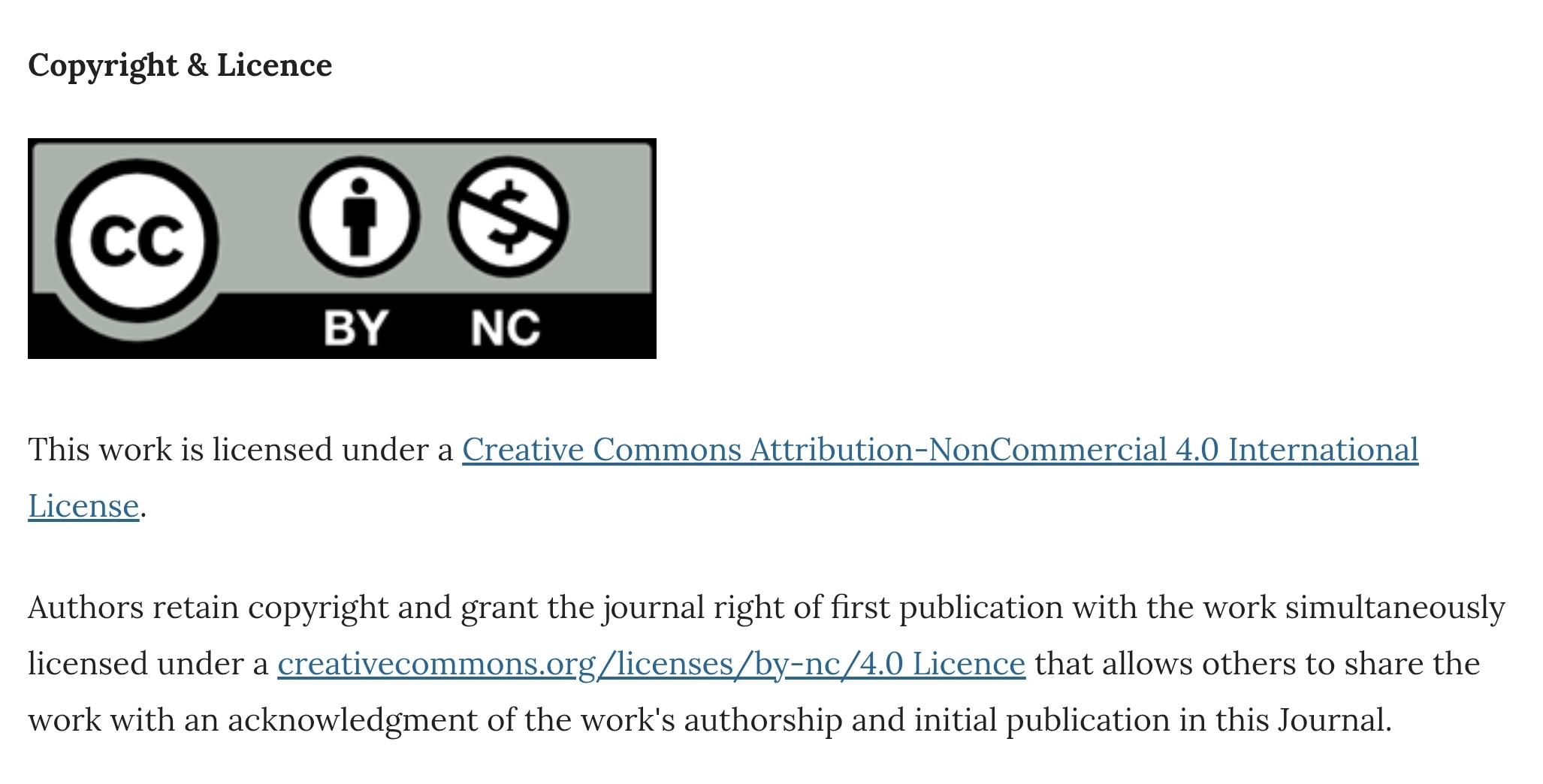Peer-reported prevalence of substance and internet use among school going adolescents
Keywords:
peer- report; school-going adolescents; substance use; excessive internet use;Abstract
BACKGROUND: Adolescent substance use is an important public health problem because of its potential consequences on a growing brain. Problematic internet use is also a related phenomenon. The validity of self-report of substance and internet use is questionable in this population because of social desirability bias.
OBJECTIVE: To estimate gender specific extent of substance use and internet use among students of eighth to twelvth classes in an urban area in Ernakulam, Kerala based on the report of peers.
MATERIALS AND METHODS: A school based cross-sectional study was conducted over a period of one month in Kalamassery, Ernakulam District, Kerala. Information on the extent of substance and internet use among the students was obtained by a peer-reported anonymous self- administered questionnaire from all the students of classes eighth to twelvth of three randomly selected schools.
RESULTS: Data were collected from 278 school students (133 boys and 145 girls). Excessive Internet use was reported among 20% boys and 14% girls. Substances with high use among boys were nicotine (11.54%), cannabis (6.67%), solvent (5.88%) and alcohol (5.88%). Solvent use was reported among 2.77% of girls.
CONCLUSION: Although peer report survey has certain limitations, it can give early indications of student behaviours. The estimates obtained are nearer to self-reported substance use. The reported solvent use in the study is worth exploring.
Downloads
References
World Health Organization. (1986a). Young people's health — a challenge for society. (Report of a WHO Study Group on Young People and Health for All by the Year 2000, Technical Report Series 731). Geneva, Switzerland.
Sharma P, Tyagi A. A study on Adolescent Drug Abuse in India. Am Int J Res Humanit Arts Soc Sci. 2016 Aug;15(2):119–21.
Squeglia LM, Jacobus J, Tapert SF. The Influence of Substance Use on Adolescent Brain Development. Clin EEG Neurosci. 2009 Jan;40(1):31–38.
Bukstein OG, Bernet W, Arnold V, Beitchman J, Shaw J, Benson RS, et al. Practice parameter for the assessment and treatment of children and adolescents with substance use disorders. J Am Acad Child Adolesc, Psychiatry. 2005 Jun;44(6):609–21.
Ningombam S, Hutin Y, Murhekar MV. Prevalence and pattern of substance use among the higher secondary school students of Imphal, Manipur, India. Natl Med J India. 2011 Feb;24(1):11–5.
Saxena V, Saxena Y, Kishore G, Kumar P. A study on substance abuse among school going male adolescents of Doiwala Block, District Dehradun. Indian J Public Health. 2010;54(4):197-200.
Singh V, Pal HR, Mehta M, Dwivedi SN, Kapil U. Pattern of tobacco use among school children in National Capital Territory (NCT). Indian J Pediatr. 2007 Nov;74(11):1013–20.
Tourangeau R, Yan T. Sensitive questions in surveys. Psychol Bull. 2007;133(5):859–83.
Sharma KD, Gupta ID, Gunjan, Sharma V, Sharma R, Sharma D. Internet addiction pattern among high school students of Jaipur city: a descriptive study. International Multispeciality Journal of Health. 2016 May; 2 (5): 25-31. Available from: https://imjhealth.Org / admin/ issues_detail/ gallery/ IMJH- MAY-2016-6.pdf.
Anusha P M, Patel V R, Ganjiwale DJ, Nimbalkar MS. Factors associated with internet addiction among school-going adolescents in Vadodara. J Fam Med Prim Care. 2016;5(4):765.
Yadav P, Banwari G, Parmar C, Maniar R. Internet addiction and its correlates among high school students: A preliminary study from Ahmedabad, India. Asian J Psychiatry. 2013 Dec;6(6):500–5.
Ha Y-M, Hwang WJ. Gender Differences in Internet Addiction Associated with Psychological Health Indicators Among Adolescents Using a National Web-based Survey. Int J Ment Health Addict. 2014 Oct;12(5):660–9.
Jayakrishnan R, Geetha S, Mohanan Nair JKKP, Thomas G, Sebastian P. Tobacco and Alcohol Use and the Impact of School Based Antitobacco Education for Knowledge Enhancement among Adolescent Students of Rural Kerala, India. J Addict. 2016;2016:1–8.
Sinha DN, Reddy KS, Rahman K, Warren CW, Jones NR, Asma S. Linking Global Youth Tobacco Survey (GYTS) data to the WHO framework convention on tobacco control: the case for India. Indian J Public Health. 2006 Jun;50(2):76–89.
Jaisoorya TS, Beena KV, Beena M, Ellangovan K, Jose DC, Thennarasu K, et al. Prevalence and correlates of alcohol use among adolescents attending school in Kerala, India: Alcohol use among adolescents in India. Drug Alcohol Rev. 2016 Sep;35(5):523–9.
Reddy KR, Biswas A. Substance abuse in urban school going adolescents in India: A growing challenge. Indian Pediatr. 2013;50:799–800.
Rajat Ray. The Extent, Pattern and Trends of Drug Abuse in India: National Survey. New Delhi: Ministry of Social Justice and Empowerment, Government of India & United Nations Office on Drugs and Crime, Regional Office for South Asia, 2004; 2004. 85–111 p.
Pape H. Young people’s overestimation of peer substance use: an exaggerated phenomenon?: Addiction. 2012 May;107(5):878–84.
Downloads
Published
How to Cite
Issue
Section
License
Copyright (c) 2019 Kerala Journal of Psychiatry

This work is licensed under a Creative Commons Attribution-NonCommercial 4.0 International License.







